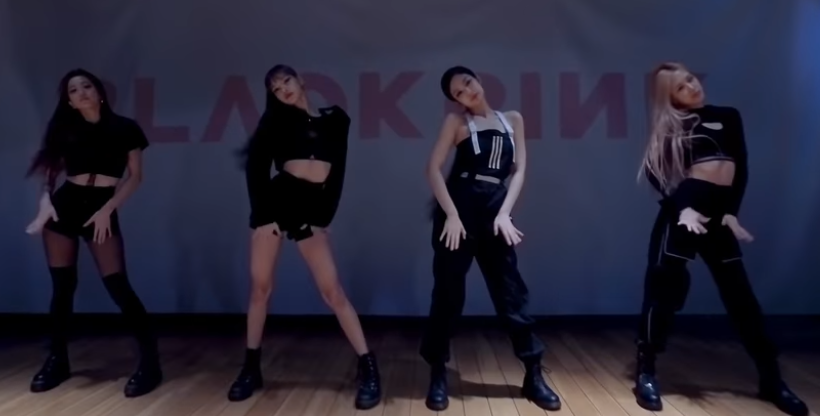

On the other hand, the female dancer imitates the gestures of a hen that is being orbited by a rooster. Additionally, the male imitates a rooster that is attempting to gain attention from a hen which is represented by a female dancer. Both the context and the significance of the dance are apparent. Customarily, the most powerful people in the village are in the dance following the host's signal of the opening of the affair. It starts with each of the dancers holding an “ayob” or “allap” which is a small cloth. That being said, it is commonly performed with one male and a female dancer. The Salidsid, or the “cayoo dance”, is known as a romantic dance in which a male courts a female. This was portrayed by the use of colorful blankets that are moved around in bird like movements. On the other hand, the second tries impress the females by showing off his feathers. This was portrayed by the banging of a brass gong. The first woodpecker tries doing this by showing his good voice. Tarektek dramatizes two male tarektek woodpeckers who try to get the attention of three females. In the Gaddang dance, the people emulate the movements of birds that are drawn to tobacco trees. Additionally, they also practice hunting and fishing. For an instance, they commonly practice the burning of existing crops to construct short-term plots for farming. Those that have resided in the areas stated mostly preserved their culture which is rooted in indigenous and swidden agricultural traditions. They are mostly Christian, and are agricultural in nature. Furthermore, some of their groups have resided in Isabela, Kalinga, and Eastern Bontoc.

The Gaddang people live in the center of Cagayan Valley. The word Gaddang originated from the combination of two words which are “ga”, meaning heat, and “dang” which is to burn. This dance is accompanied with music with the use of gongs. People come together and perform this dance to celebrate their birth first-born baby boy, weddings, or people who are able to make peace with each other. Tachok is a Kalinga Festival Dance that is performed by unmarried Kalinga women who imitate the movement of the flight of birds as they move through the air. They try to attract her by making use of blankets that depict their feathers and wings. Manmanok is a dance that dramatizes is a dance that portrait the rooster and the hen, Lady Lien. Furthermore, the circles lead to an unambiguous meaning. Although it is an adaptation or rendition of the original, it is still included in each festivity in Benguet and its significance remains preserved. The Bendayan, which is also referred to as Bendian, is a dance that was adapted from the tradition of the Benguet Mountain Province in which hunters are honoured. This is why the tribesmen are known as fierce warriors. As many as seven or eight pots are balanced on the heads of maidens as they move to the beat of the gangsa, a type of gong, while they go about their daily routine of fetching water while balancing the banga. This performance originated in the province of Kalinga of the Mountain Province. One popular contemporary performance in the Philippines is named after the large banga pots.

Dances are usually linked to rituals for a good harvest, health, prayers for peace, and safety in war. Their lives have been centered on appeasing their gods and maintaining a harmonious relationship between spirits and man.

There are six Igorot ethnolinguistic tribes living in Luzon's mountain terrains: the Bontoc, Ifugao, Benguet, Apayo, and the Kalinga tribes, which retained much of their anito religions. The following are various indigenous dances of the major ethnic groupings of the Philippines


 0 kommentar(er)
0 kommentar(er)
